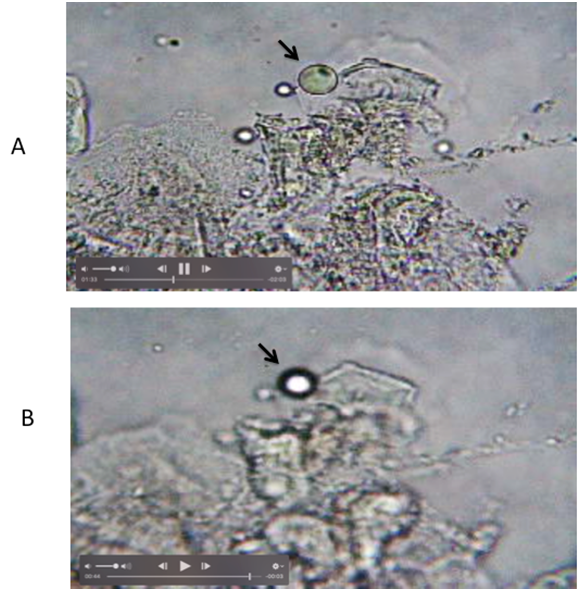Journal of
eISSN: 2373-633X


Letter to Editor Volume 10 Issue 3
Citizen Scientist, USA
Correspondence: Abraham A Embi, Formerly Affiliated with VA Hospital, University of Miami, 13442 SW 102 Lane, Miami, Florida, USA, 33186, Tel +305 505 4979
Received: May 02, 2019 | Published: May 9, 2019
Citation: Embi AA. Proposed mechanism in cancer cure claim. The lipid connection. J Cancer Prev Curr Res. 2019;10(3):61-62. DOI: 10.15406/jcpcr.2019.10.00392
The purpose on my letter is to add a brief history behind the “cure for cancer” discovery theory as proposed by Professor Hague in his recently published opinion in your journal.1 I should add that I concur that it could work in solid tumors. There are several reasons for the information expressed in this letter, which I would like to share with Dr Hague and your readers as follows:
The concept of an electrical mechanism towards cancer origin was first published by Dr. Denham Hartman in 1956 by, introducing a theory stating that “there are good reasons for assuming that endogenous irradiation in the living cells could lead to cancer via an obscure mechanism.”2 In an attempt to shed some light on that mechanism, in 2016 a Biophysical Hypothesis attributing cancer origin to an electromagnetically induced phenomenon occurring during cell respiration was published;3 subsequently the secondary role of UV light in swimmers melanoma genesis was proposed; again an electrophysiological mechanism arising from Reactive Oxygen Species (ROS), such as H2O2 was rationalized in cancer genesis.4
In his opinion, Dr. Hague states, “We know have a good working theory to explain how Cell Sonics VIPP (read very intense pressure pulses) works in cancer”. As an addition to his working theory, I would like to add a recently published Biophysical Mechanism describing the role of lipid droplets5 on how VIPP would work in interfering with cancer cells growth as follows:
“It is known that shockwaves arising from ROS breakdown create oxygen bubbles. That these bubbles rupture and emit energy in the form of shockwaves. That when a surge of electrons reach a lipid droplet energy transfer ensues. Presented herein is the luminescence phenomenon (read static electricity) seen in lipid droplets once an energy saturation point is achieved….”.
In other words, intracellular lipid organelles are electromagnetically charged by static electricity arising during cell respiration; therefore it makes sense that by blocking the cell signaling cycle via VIPP would arrests cancer genesis in its track (See Supplementary Attachment).

Figure 1 Additional demonstration of lipid droplet luminescence.
Panel A= Black arrow pointing at lipid droplet control.
Notice the sudden burst of light causing the image to be out of focus. Notice in panel A smaller lipid droplets that were already in a luminescent phase.
For additional details, please link to: https://youtu.be/pVYQD64PB-o
Reproduced from: Embi AA (2019) Introducing In Vitro Experiments of Oxygen Bubbles Shockwaves Triggering Intracellular Lipids Luminescence: Implications in Cancer Etiology. IJGR March 2019 (In Print).
For video recording please scan with phone QR Code below:

©2019 Embi. This is an open access article distributed under the terms of the, which permits unrestricted use, distribution, and build upon your work non-commercially.